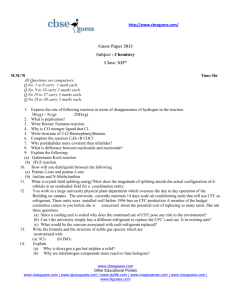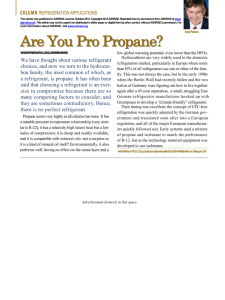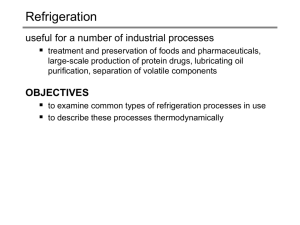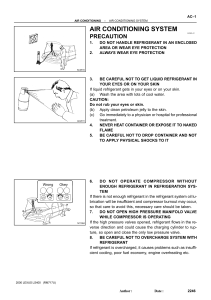considering issues of tribology to address sustainable development
advertisement
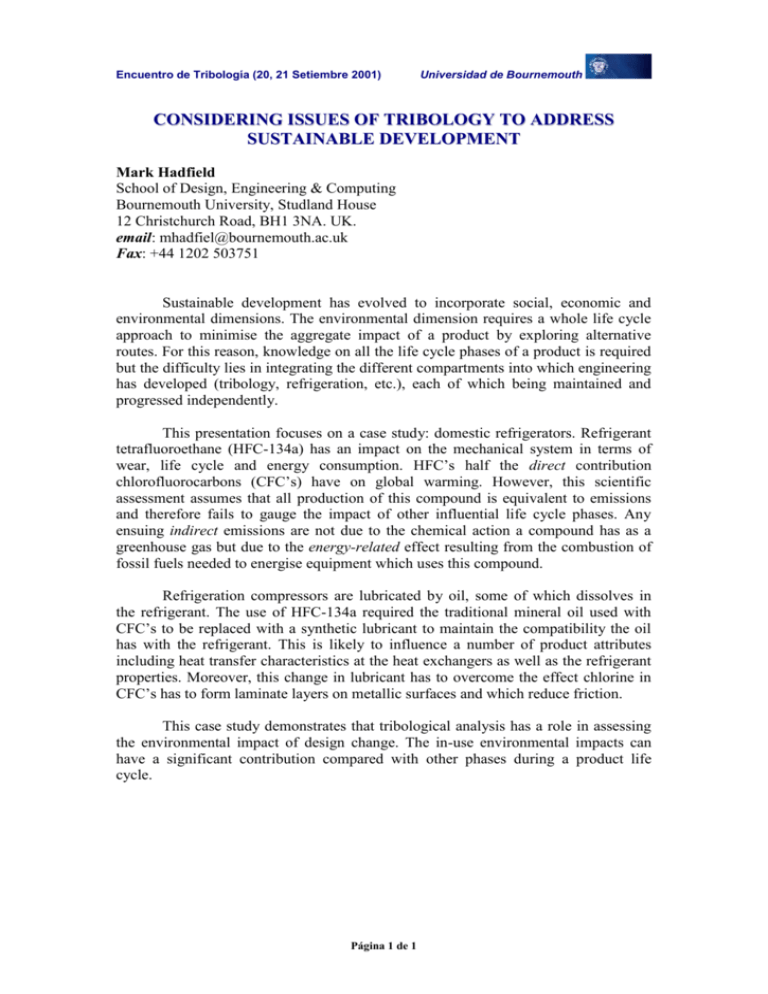
Encuentro de Tribología (20, 21 Setiembre 2001) Universidad de Bournemouth CONSIDERING ISSUES OF TRIBOLOGY TO ADDRESS SUSTAINABLE DEVELOPMENT Mark Hadfield School of Design, Engineering & Computing Bournemouth University, Studland House 12 Christchurch Road, BH1 3NA. UK. email: mhadfiel@bournemouth.ac.uk Fax: +44 1202 503751 Sustainable development has evolved to incorporate social, economic and environmental dimensions. The environmental dimension requires a whole life cycle approach to minimise the aggregate impact of a product by exploring alternative routes. For this reason, knowledge on all the life cycle phases of a product is required but the difficulty lies in integrating the different compartments into which engineering has developed (tribology, refrigeration, etc.), each of which being maintained and progressed independently. This presentation focuses on a case study: domestic refrigerators. Refrigerant tetrafluoroethane (HFC-134a) has an impact on the mechanical system in terms of wear, life cycle and energy consumption. HFC’s half the direct contribution chlorofluorocarbons (CFC’s) have on global warming. However, this scientific assessment assumes that all production of this compound is equivalent to emissions and therefore fails to gauge the impact of other influential life cycle phases. Any ensuing indirect emissions are not due to the chemical action a compound has as a greenhouse gas but due to the energy-related effect resulting from the combustion of fossil fuels needed to energise equipment which uses this compound. Refrigeration compressors are lubricated by oil, some of which dissolves in the refrigerant. The use of HFC-134a required the traditional mineral oil used with CFC’s to be replaced with a synthetic lubricant to maintain the compatibility the oil has with the refrigerant. This is likely to influence a number of product attributes including heat transfer characteristics at the heat exchangers as well as the refrigerant properties. Moreover, this change in lubricant has to overcome the effect chlorine in CFC’s has to form laminate layers on metallic surfaces and which reduce friction. This case study demonstrates that tribological analysis has a role in assessing the environmental impact of design change. The in-use environmental impacts can have a significant contribution compared with other phases during a product life cycle. Página 1 de 1
